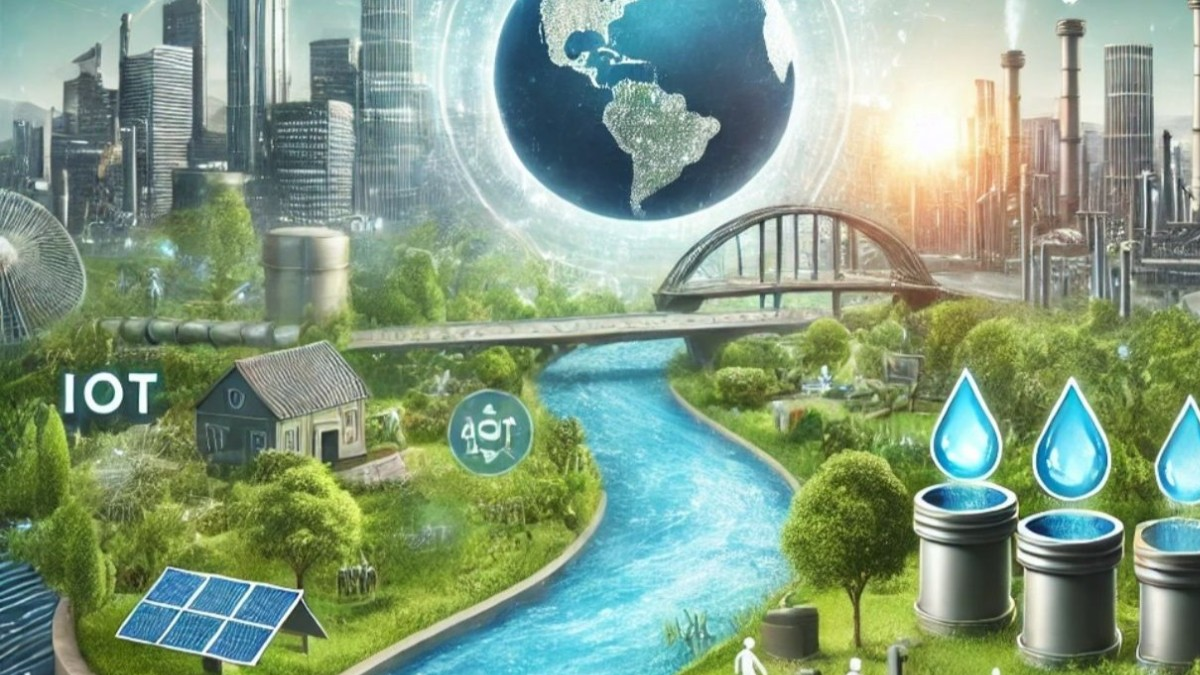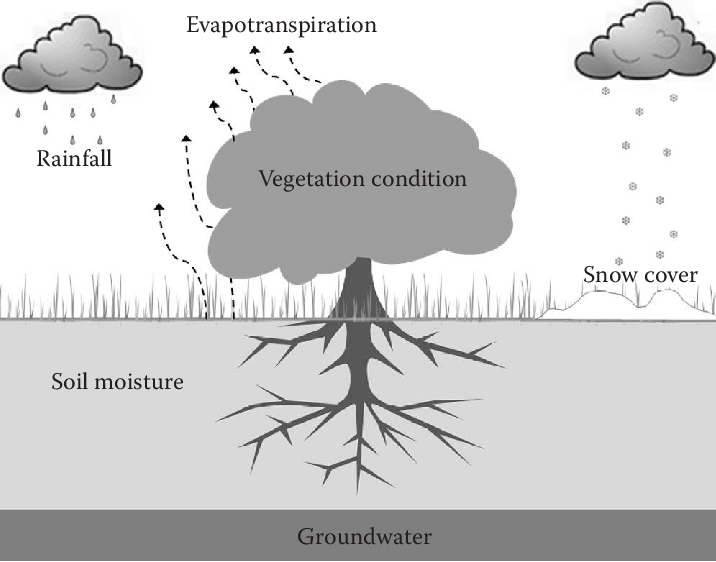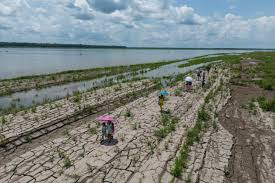
Water is the lifeline of our planet. It fuels plants, animals, and humans, and keeps the environment in balance. But what happens when there is not enough water? Droughts — long periods of very low rainfall — can cause a major crisis in the water cycle, disturbing how water moves around the earth. Let’s explore in simple language how droughts impact this essential system, and why everyone should care about it.

The water cycle is the process by which water circulates between the earth, the atmosphere, and living things. It involves key steps:
Evaporation: water from oceans, rivers, and lakes turns into water vapor.
Condensation: water vapor forms clouds in the sky.
Precipitation: water falls from clouds as rain, snow, or hail.
Runoff and Infiltration: water returns to the ground and flows back to water bodies.
This cycle repeats over and over, keeping ecosystems and weather in balance. But a drought can break this rhythm, leading to long-lasting damage.
When a drought hits, it means there is less rain or snow than usual. Over weeks, months, or even years, this shortage causes big problems for the water cycle:
1. Reduced Evaporation
Normally, sunlight causes water to evaporate from rivers, lakes, and soil. But during a drought, water sources shrink or dry up completely, so there is less water to evaporate. This reduces the amount of water vapor going into the air.
2. Fewer Clouds Form
Since there is less water vapor in the air, fewer clouds can form. Without enough clouds, there is even less chance of rain. This turns into a dangerous cycle: no rain → less water in rivers and lakes → less evaporation → fewer clouds → still no rain.
3. Soil Moisture Loss
The soil depends on rainfall to stay moist. During droughts, the ground dries out, becoming hard and cracked. Plants cannot draw water from dry soil, so they wither and die. With fewer plants, there is also less transpiration (the process where plants release water vapor), which further lowers humidity in the air.
4. Groundwater Depletion
In normal times, rainwater seeps into the ground to refill underground water reserves, called aquifers. Droughts stop this recharge. People may pump more groundwater for farming or drinking during droughts, which can empty these underground reserves even faster.
5. Reduced Streamflow and Rivers Drying Up
With no rain, rivers and streams run dangerously low or dry up completely. Aquatic life suffers, and entire ecosystems collapse. Fish and animals that rely on these water bodies can die off or migrate.
The longer a drought lasts, the more damage it does to the water cycle. For example:
Plants die, leading to soil erosion and desertification.
Wildlife loses critical drinking water sources.
Forests dry out, raising wildfire risk.
Cities may run out of drinking water.
Scientists warn that climate change is making droughts more common and severe. When rain does return after a severe drought, dry soil cannot absorb it quickly. This leads to flash floods, as water runs off the hard ground instead of soaking in to refill underground supplies.
Droughts do not just affect farmers or people living in dry areas — they threaten the entire planet. Here’s why:
Food Supply: Droughts kill crops and livestock, raising food prices and causing shortages.
Economic Loss: Billions of dollars are lost because of crop failure, lower water supplies, and damaged infrastructure.
Health Risks: People may have less clean water to drink, leading to disease.
Biodiversity Loss: Rivers, lakes, and wetlands dry up, endangering fish, birds, and many other animals.

Communities around the world are working on ways to protect water resources and the water cycle, even during droughts. Here are some practical solutions:
Water Conservation: Using water wisely — shorter showers, fixing leaks, and choosing drought-friendly landscaping.
Rainwater Harvesting: Collecting rainwater in tanks to use later.
Better Farming Techniques: Planting crops that need less water and using drip irrigation.
Restoring Wetlands: Wetlands act like sponges, storing water and releasing it slowly.
Forest Protection: Healthy forests help the water cycle by keeping the soil moist and encouraging rain formation.
These steps help keep water in the cycle, even during tough times.
Droughts are a serious threat to the world’s water cycle. They break the natural chain of evaporation, condensation, and precipitation, leaving landscapes dry and vulnerable. As climate change continues, droughts may get worse. By understanding how they damage the water cycle, we can take smart action to conserve water, protect nature, and keep the planet healthy for future generations.
Everyone — governments, businesses, and ordinary people — has a role to play. By respecting water as a precious resource, we can build a future where even droughts cannot break the cycle of life.
Read More:- Deyaar’s Latest Announcement Shakes Up the UAE Property Market
